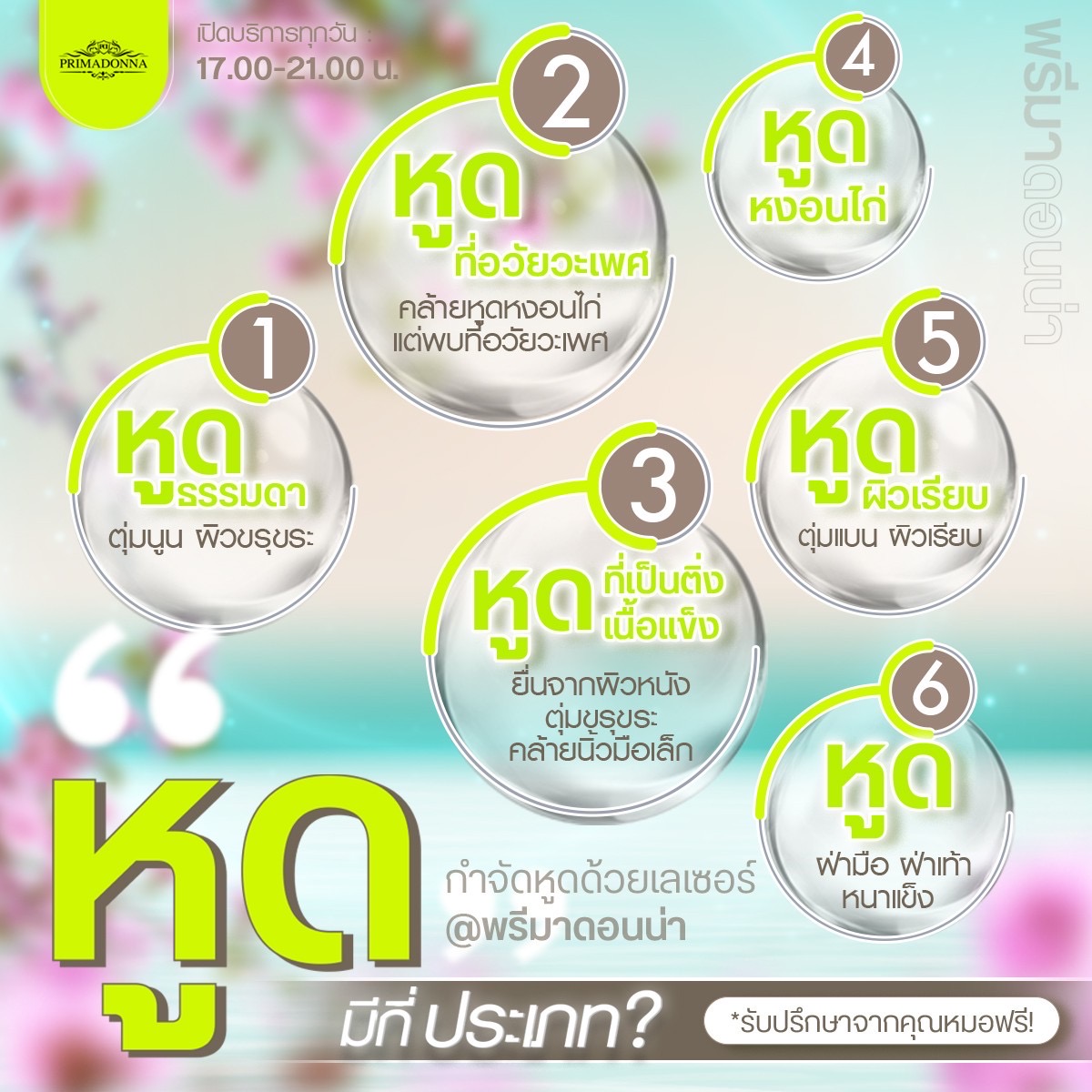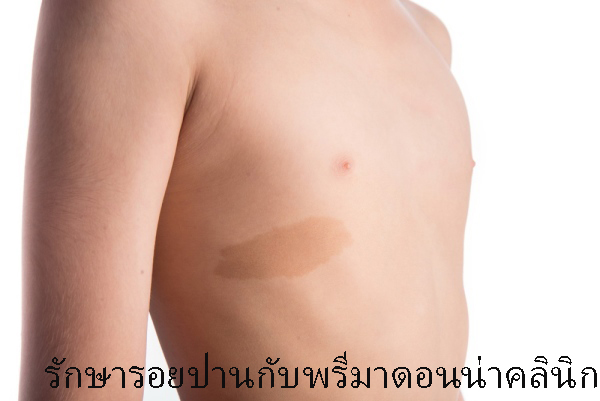
Treatment of Melasma in Chiangmai
Treatment of Melasma in Chiangmai
Melasma is a common acquired disorder of hyperpigmentation characterized by symmetrical hyperpigmentation, appearing as light brown to dark brown patches typically on malar areas, forehead, and chin. Although it is just a benign hyperpigmentary condition, it can adversely affect the patient’s self-esteem and quality of life. The prevalence of melasma varies with the ethnicity of the population and contribute to 4%–10% of new cases in dermatological clinics. It affects females more than males. The etiopathogenesis of melasma is unclear and multifactorial with genetic and environmental factors playing their role. The most important risk factors for melasma are Fitzpatrick skin type III and above, ultraviolet (UV) light exposure, pregnancy, exogenous hormones, drugs, and thyroid dysfunction.
Because of unclear etiopathogenesis and recurrent and relapsing nature of the disease, the treatment of melasma is difficult and frustrating for the treating physician and the patient.
A variety of treatment options has been suggested for the management of melasma. These include topical medications (such as hydroquinone, azelaic acid, arbutin, kojic acid, tranexamic acid), chemical peels, oral medications (antioxidants, tranexamic acid), lasers, and lights. An Indian pigmentary expert group proposed a treatment algorithm for melisma. They proposed various topicals and sunscreens as the first-line treatment, chemical peels as a second-line treatment, and lasers and light as a third-line therapy. The lasers and light treatment were reserved for patients with refractory melasma who failed to respond to topicals and chemical peels.
Melasma can be of epidermal, dermal, or most commonly of mixed type. Topicals and peels often produce a satisfactory response in epidermal melasma but are partially effective in dermal or mixed melasma. These patients often require lasers for the treatment.
A range of different lasers had been tried in the treatment of melasma including full-face resurfacing using CO2 or erbium YAG laser, a variety of fractional ablative and non-ablative lasers, intense pulsed light (IPL), and q-switched Nd-YAG laser (QSL).




